Shipping hazardous materials, or hazmat, from China to France is a critical aspect of international logistics that demands meticulous planning and adherence to stringent regulations. The importance of hazmat shipping is underscored by the potential risks to safety and the environment if not handled correctly. However, this process also presents numerous challenges, including navigating complex regulatory frameworks and ensuring the safe and timely delivery of goods. In this blog, we will discuss the basic concepts of hazmat freight forwarding, the relevant international regulations, and the best practices for shipping hazardous materials from China to France.
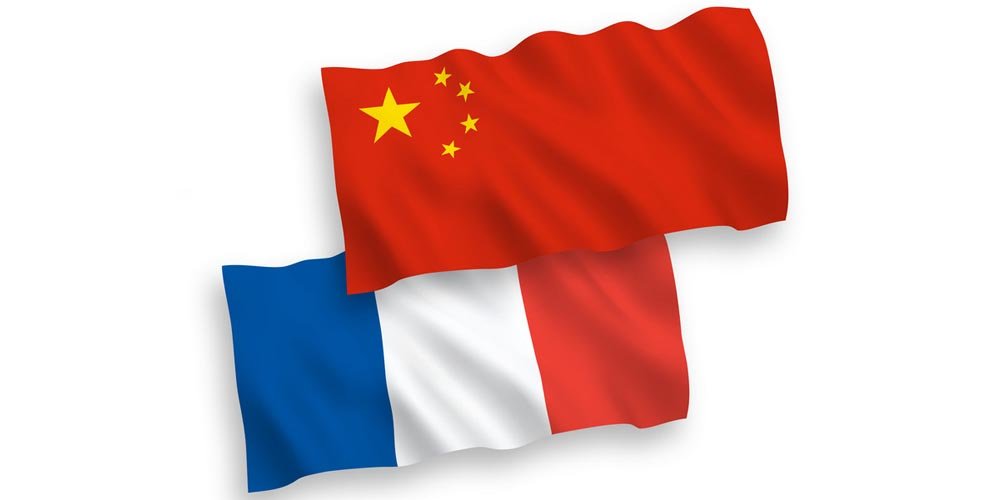
Basic Concepts of Hazmat Freight Forwarding
Definition and Classification of Hazardous Materials
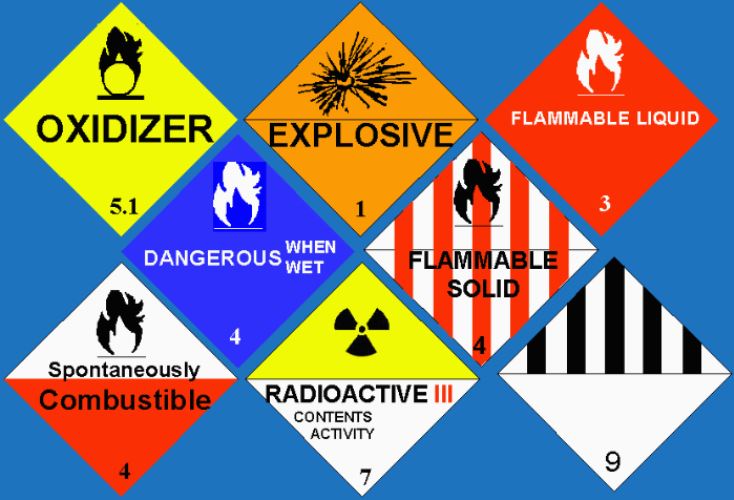
Hazardous materials are substances that pose a risk to health, safety, property, or the environment during transportation. These materials are classified according to their specific hazards, which can include flammability, toxicity, corrosiveness, and reactivity. The classification system is governed by international standards such as the United Nations’ Globally Harmonized System of Classification and Labelling of Chemicals (GHS).
The main classes of hazardous materials include:
- Class 1: Explosives
- Class 2: Gases
- Class 3: Flammable liquids
- Class 4: Flammable solids
- Class 5: Oxidizing substances and organic peroxides
- Class 6: Toxic and infectious substances
- Class 7: Radioactive materials
- Class 8: Corrosive substances
- Class 9: Miscellaneous dangerous goods
Understanding these classifications is crucial for proper packaging, labeling, and documentation, which are vital for the safe transportation of hazmat.
Relevant International Regulations and Laws
International regulations play a pivotal role in the safe and efficient transportation of hazardous materials. These regulations are designed to mitigate risks and ensure the safety of all parties involved in the logistics chain. Key regulatory frameworks include:
- International Maritime Dangerous Goods (IMDG) Code: Governs the Ocean Freight of hazardous materials on ships.
- International Air Transport Association (IATA) Dangerous Goods Regulations (DGR): Applies to the Air Freight of hazardous materials.
- European Agreement concerning the International Carriage of Dangerous Goods by Road (ADR): Pertains to the transportation of hazardous materials by road within Europe.
Compliance with these regulations requires thorough documentation, proper labeling, and specialized handling procedures. Freight forwarders must be well-versed in these regulations to ensure that shipments meet all safety and legal requirements.
By partnering with an experienced logistics provider like Dantful International Logistics, companies can navigate these complex regulatory landscapes while ensuring the safe and efficient transportation of hazardous materials from China to France. Dantful offers a highly professional, cost-effective, and high-quality one-stop international logistics service, making it a trusted choice for global traders.
Key Considerations for Hazmat Shipping from China to France
Choice of Transportation Modes
When shipping hazardous materials from China to France, selecting the appropriate mode of transportation is crucial. The choice between Ocean Freight, Air Freight, or a multimodal approach depends on factors such as the nature of the hazardous materials, required transit times, cost considerations, and regulatory compliance.
- Ocean Freight: Ideal for bulky or large quantities of hazardous materials, ocean freight offers cost-effectiveness and the ability to handle a wide range of hazardous classes. The IMDG Code governs the transport of hazardous materials by sea, ensuring safety and compliance.
- Air Freight: Suitable for urgent shipments, air freight provides speed but comes with stricter regulations and higher costs. The IATA DGR outlines the guidelines for transporting hazardous goods by air.
- Multimodal: Combining sea, air, and land transportation, multimodal shipping offers flexibility and efficiency, especially for complex logistics needs. It requires meticulous coordination to comply with different regulations across various transportation modes.
Packaging and Labeling Requirements
Proper packaging and labeling are critical in hazmat shipping to ensure the safety of the cargo, handlers, and the environment. Packaging must be robust and compliant with international standards to prevent leaks, spills, or reactions during transit.
- Packaging: Use UN-certified packaging materials specific to the hazardous class. Ensure packaging integrity through rigorous testing and adherence to GHS standards.
- Labeling: Accurate and clear labeling is mandatory, including hazard class labels, UN numbers, and handling instructions. Labels must be visible and legible to convey the risks associated with the materials.
Documentation and Declaration Processes

Thorough documentation is a cornerstone of hazmat shipping compliance. Accurate documentation ensures that all parties are aware of the hazards and the necessary precautions.
- Documentation: Essential documents include the Material Safety Data Sheet (MSDS), Dangerous Goods Declaration (DGD), and relevant transport documents such as the Bill of Lading (BOL) or Airway Bill (AWB).
- Declaration: A detailed declaration of the hazardous materials, including their classification, quantity, and handling requirements, must be submitted to regulatory authorities and carriers.
Selecting the Right Freight Forwarder
Qualifications and Expertise
Choosing a freight forwarder with the right qualifications and expertise is paramount in hazmat shipping. Look for forwarders certified under international standards such as ISO 9001 and those with specialized training in handling hazardous materials.
Service Scope and Network Coverage
A freight forwarder with a comprehensive service scope and extensive network coverage can offer tailored solutions for hazmat shipping. Ensure the forwarder can provide end-to-end services, including customs clearance, warehousing, and last-mile delivery.
Safety Record and Reputation
The safety record and reputation of the freight forwarder are critical indicators of their reliability. Review their history of handling hazardous materials, safety incidents, and customer testimonials. A forwarder with a strong reputation in the industry is likely to have robust processes and systems in place to ensure safe and compliant transportation.
Why Choose Dantful International Logistics?

For companies seeking a dependable partner for hazmat shipping from China to France, Dantful International Logistics stands out as a premier choice. Dantful offers:
- Highly Professional Services: With a team of experts trained in hazmat regulations and handling, Dantful ensures compliance and safety.
- Cost-Effective Solutions: Competitive pricing without compromising on quality, making international logistics affordable.
- High-Quality One-Stop Services: Comprehensive logistics services including Ocean Freight, Air Freight, warehouse services, and customs clearance.
By partnering with Dantful, you can navigate the complexities of hazmat shipping with confidence, ensuring your hazardous materials are transported safely, efficiently, and in compliance with all regulations.
Hazmat Transportation Process
Booking and Planning
The first step in hazmat transportation is meticulous booking and planning. This involves selecting the most suitable transportation mode (sea, air, or multimodal), determining the safest and most efficient route, and scheduling the shipment to meet deadlines. Key considerations during this phase include:
- Ensuring the freight forwarder has the necessary certifications and expertise in handling hazardous materials.
- Verifying that all parties involved (shippers, carriers, and receivers) are aware of and comply with the relevant regulations.
- Preparing and reviewing all required documentation, including permits and declarations.
Packaging and Labeling Inspection
Proper packaging and labeling are critical to preventing accidents and ensuring compliance with international regulations. Before shipment, a thorough inspection is conducted to verify that:
- The hazardous materials are packaged in UN-certified containers that meet the required standards for their classification.
- Labels are accurate, visible, and adhere to the Globally Harmonized System of Classification and Labelling of Chemicals (GHS).
- All necessary documentation, such as the Safety Data Sheet (SDS) and Dangerous Goods Declaration (DGD), is complete and accurate.
Customs Clearance
Customs clearance is a crucial step in the hazmat transportation process. It involves:
- Submitting the necessary documentation to customs authorities.
- Ensuring that the shipment complies with both the export and import regulations of China and France.
- Coordinating with customs brokers to facilitate smooth and timely clearance.
Transportation and Tracking
Once the shipment is cleared, it is transported via the selected mode. Throughout the journey, real-time tracking and monitoring are essential to ensure the safety and security of the hazardous materials. This includes:
- Using GPS and tracking systems to monitor the shipment’s location and status.
- Implementing safety protocols to handle any emergencies or incidents that may arise during transit.
- Regular communication with all stakeholders to provide updates and address any issues promptly.
Destination Delivery
The final step is the safe and timely delivery of the hazardous materials to the destination. This involves:
- Coordinating with local carriers and logistics providers to ensure last-mile delivery.
- Conducting a final inspection to verify that the shipment is intact and in compliance with all regulations.
- Completing the necessary delivery documentation and obtaining confirmation of receipt.
Common Challenges and Solutions
Regulatory Compliance
Challenge: Navigating the complex and ever-changing regulatory landscape for hazardous materials can be daunting.
Solution: Partner with a knowledgeable and experienced freight forwarder like Dantful International Logistics, which stays updated on all relevant regulations and ensures compliance throughout the transportation process.
Safety Management
Challenge: Ensuring the safety of hazardous materials during transit is paramount to prevent accidents and environmental harm.
Solution: Implement robust safety protocols, including proper packaging and labeling, real-time tracking, and emergency response plans. Regularly train personnel on handling hazardous materials.
Cost Control
Challenge: Hazmat shipping can be expensive due to specialized handling, packaging, and regulatory compliance.
Solution: Optimize logistics planning to reduce costs. Utilize cost-effective transportation modes and routes, and negotiate favorable rates with carriers. Partner with a freight forwarder that offers competitive pricing without compromising on quality, such as Dantful International Logistics.
FAQs
- What are hazardous materials?
- Hazardous materials are substances that pose a risk to health, safety, property, or the environment during transportation. They include explosives, gases, flammable liquids, and more.
- What are the packaging requirements for hazmat shipping?
- Hazardous materials must be packaged in UN-certified containers that meet the standards for their classification. Proper labeling is also essential.
- How can I ensure compliance with hazmat shipping regulations?
- Partner with an experienced freight forwarder like Dantful International Logistics, which has expertise in handling hazardous materials and stays updated on all relevant regulations.
- What documentation is required for hazmat shipping?
- Essential documents include the Safety Data Sheet (SDS), Dangerous Goods Declaration (DGD), and transportation documents like the Bill of Lading (BOL) or Airway Bill (AWB).
- How can I track my hazmat shipment?
- Use GPS and tracking systems provided by your freight forwarder to monitor the shipment’s location and status in real-time.
References
- International Maritime Dangerous Goods (IMDG) Code: IMO
- International Air Transport Association (IATA) Dangerous Goods Regulations (DGR): IATA
- Globally Harmonized System of Classification and Labelling of Chemicals (GHS): OSHA

Young Chiu is a seasoned logistics expert with over 15 years of experience in international freight forwarding and supply chain management. As CEO of Dantful International Logistics, Young is dedicated to providing valuable insights and practical advice to businesses navigating the complexities of global shipping.

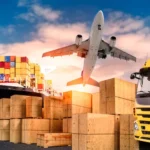

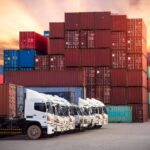

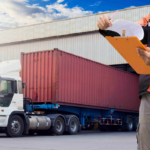

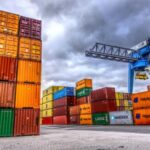
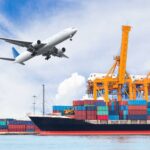

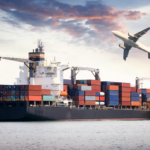
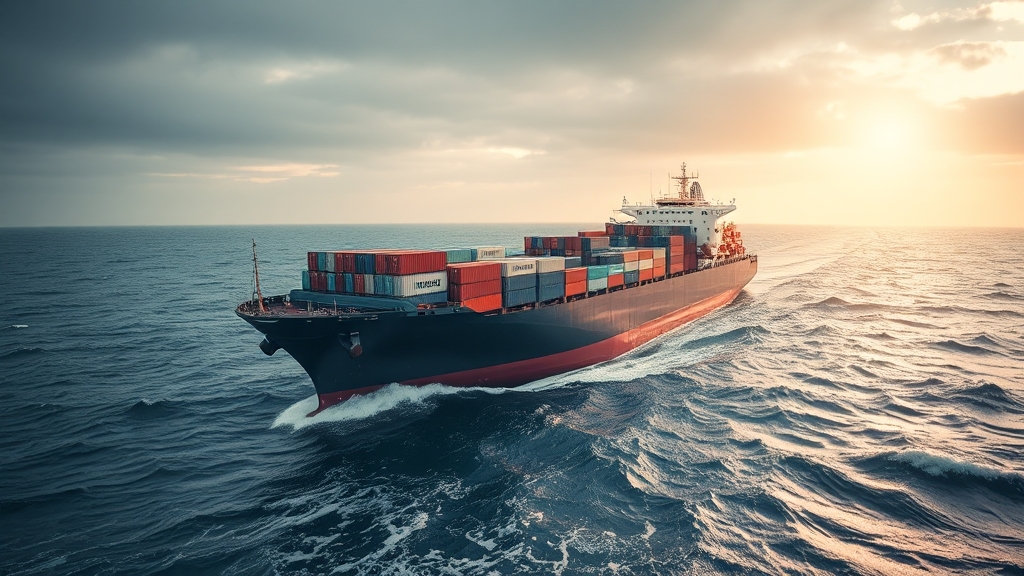
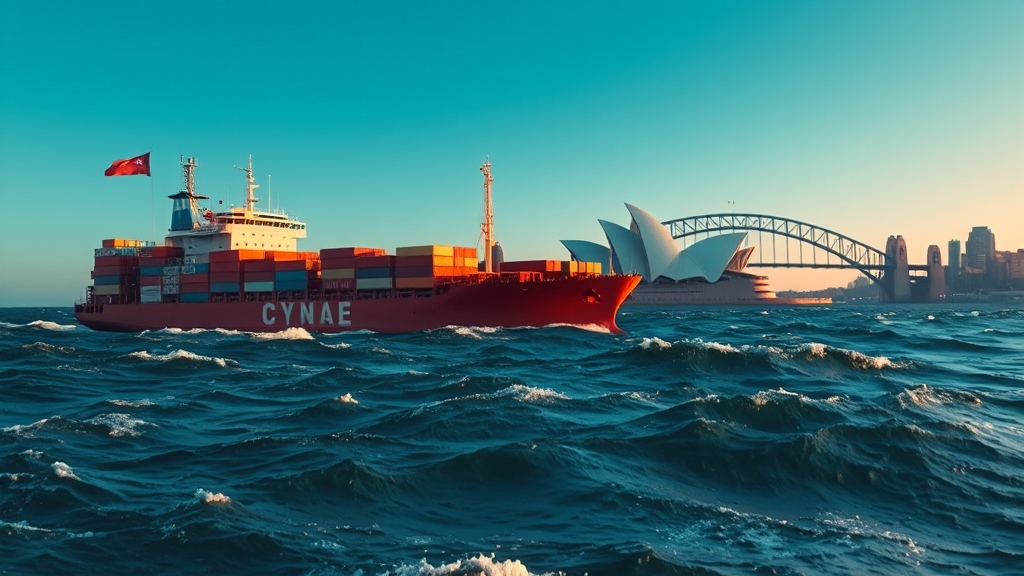
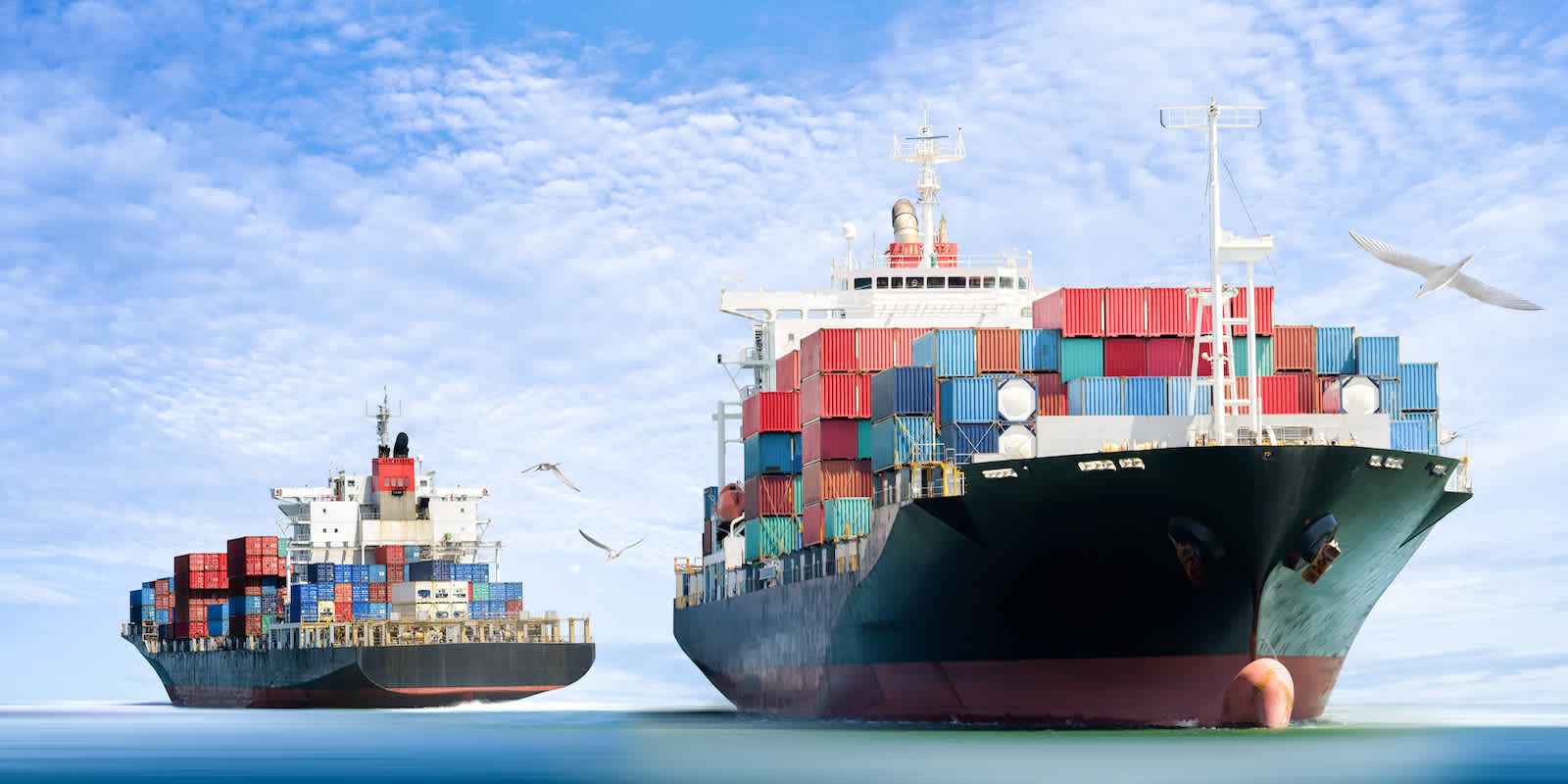
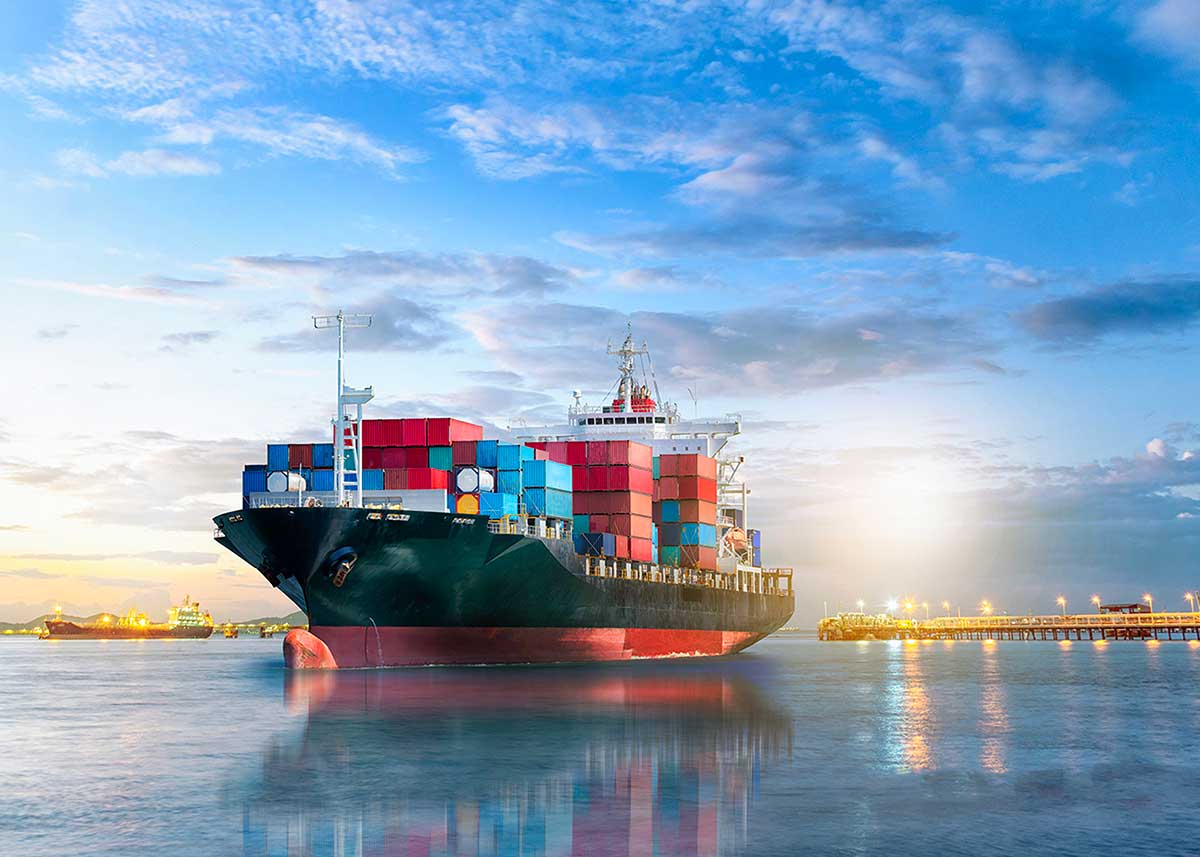
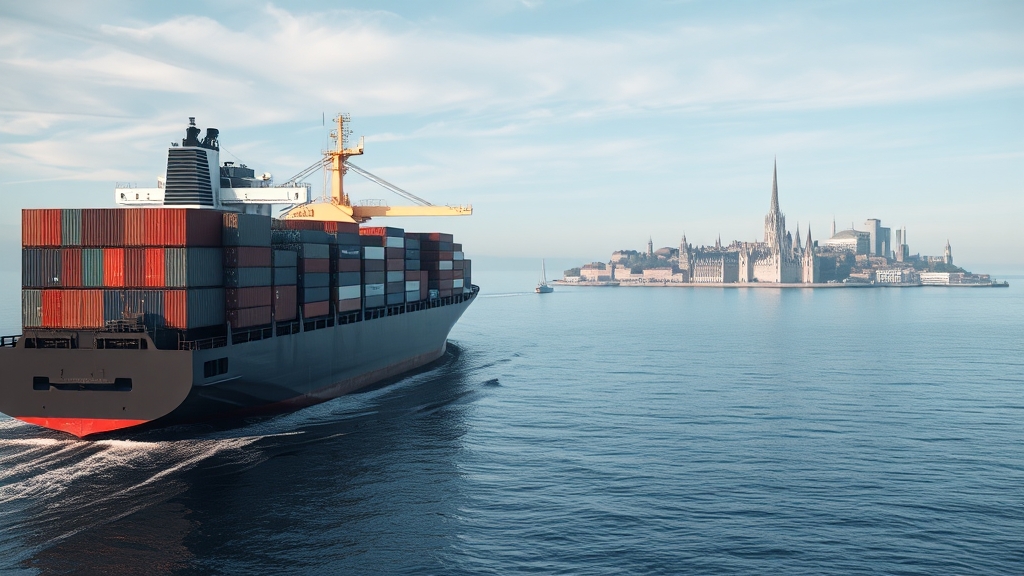





 Afrikaans
Afrikaans Shqip
Shqip አማርኛ
አማርኛ العربية
العربية Հայերեն
Հայերեն Azərbaycan dili
Azərbaycan dili Euskara
Euskara Беларуская мова
Беларуская мова বাংলা
বাংলা Bosanski
Bosanski Български
Български Català
Català Cebuano
Cebuano Chichewa
Chichewa 简体中文
简体中文 繁體中文
繁體中文 Corsu
Corsu Hrvatski
Hrvatski Čeština
Čeština Dansk
Dansk Nederlands
Nederlands English
English Esperanto
Esperanto Eesti
Eesti Filipino
Filipino Suomi
Suomi Français
Français Galego
Galego ქართული
ქართული Deutsch
Deutsch Ελληνικά
Ελληνικά Kreyol ayisyen
Kreyol ayisyen Harshen Hausa
Harshen Hausa Ōlelo Hawaiʻi
Ōlelo Hawaiʻi עִבְרִית
עִבְרִית हिन्दी
हिन्दी Hmong
Hmong Magyar
Magyar Íslenska
Íslenska Igbo
Igbo Bahasa Indonesia
Bahasa Indonesia Gaeilge
Gaeilge Italiano
Italiano 日本語
日本語 Basa Jawa
Basa Jawa ಕನ್ನಡ
ಕನ್ನಡ Қазақ тілі
Қазақ тілі ភាសាខ្មែរ
ភាសាខ្មែរ 한국어
한국어 كوردی
كوردی Кыргызча
Кыргызча ພາສາລາວ
ພາສາລາວ Latin
Latin Latviešu valoda
Latviešu valoda Lietuvių kalba
Lietuvių kalba Lëtzebuergesch
Lëtzebuergesch Македонски јазик
Македонски јазик Malagasy
Malagasy Bahasa Melayu
Bahasa Melayu മലയാളം
മലയാളം Maltese
Maltese Te Reo Māori
Te Reo Māori मराठी
मराठी Монгол
Монгол ဗမာစာ
ဗမာစာ नेपाली
नेपाली Norsk bokmål
Norsk bokmål پښتو
پښتو فارسی
فارسی Polski
Polski Português
Português ਪੰਜਾਬੀ
ਪੰਜਾਬੀ Română
Română Русский
Русский Samoan
Samoan Gàidhlig
Gàidhlig Српски језик
Српски језик Sesotho
Sesotho Shona
Shona سنڌي
سنڌي සිංහල
සිංහල Slovenčina
Slovenčina Slovenščina
Slovenščina Afsoomaali
Afsoomaali Español
Español Basa Sunda
Basa Sunda Kiswahili
Kiswahili Svenska
Svenska Тоҷикӣ
Тоҷикӣ தமிழ்
தமிழ் తెలుగు
తెలుగు ไทย
ไทย Türkçe
Türkçe Українська
Українська اردو
اردو O‘zbekcha
O‘zbekcha Tiếng Việt
Tiếng Việt Cymraeg
Cymraeg יידיש
יידיש Yorùbá
Yorùbá Zulu
Zulu